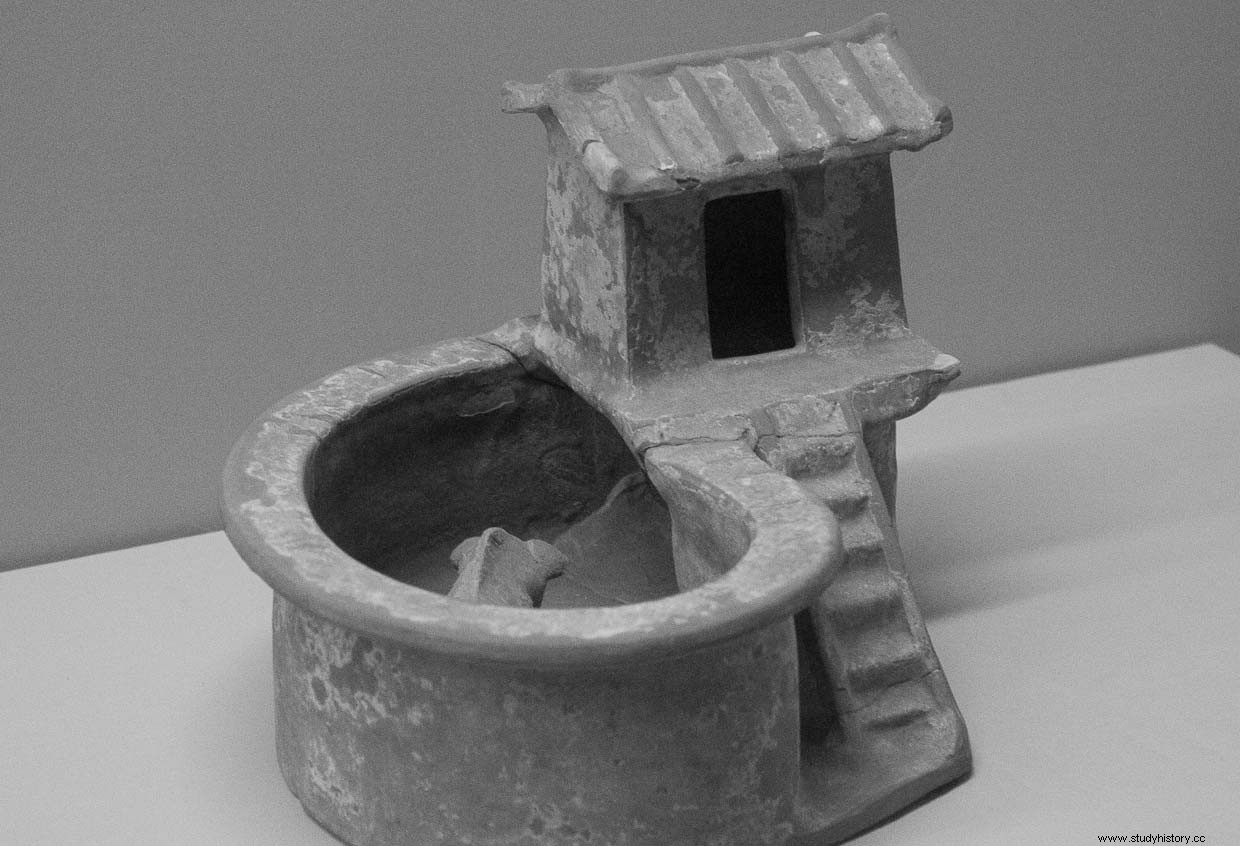When we talk about omnivorous animals, such as humans or pigs, we mean animals that eat all kinds of organic substances. The big difference is that in the case of the pig the prefix omni – (everything) refers to “everything” literally:plants, worms, insects, tree bark, dead animals, garbage, excrement… And that is what this story is about, excrement… but other animals.
One of the problems that any population center has had to face throughout history has been the disposal of garbage and wastewater. Although, for example, in Ancient Rome they tried to correct it with garbage dumps and the sewerage network (such as the Cloaca Máxima ), the truth is that this was an exception in ancient times and even more so in rural areas, where cesspools or nature itself were the "destination" of such unhealthy waste. Well, in China in the third century B.C. they already had the solution to "recycle" human excrement:pig latrines .

The latrines were built on the pigsties, in such a way that everything that was "evacuated" from the latrine fell through a hole directly to the pigsty where the pigs gave a good account -remember that they eat everything-. What for humans was the call of nature, for pigs was the call to eat. In fact, the Chinese character 猪圈 means both pigsty and latrine. And the story can be even more scatological if we think that, although the health authorities have prohibited their use, in the 21st century there are still rural populations in China and India where pig latrines are still seen. Of the fate of those pigs... better not to think.

Mobile pig latrine
Source:Pig Toilets
